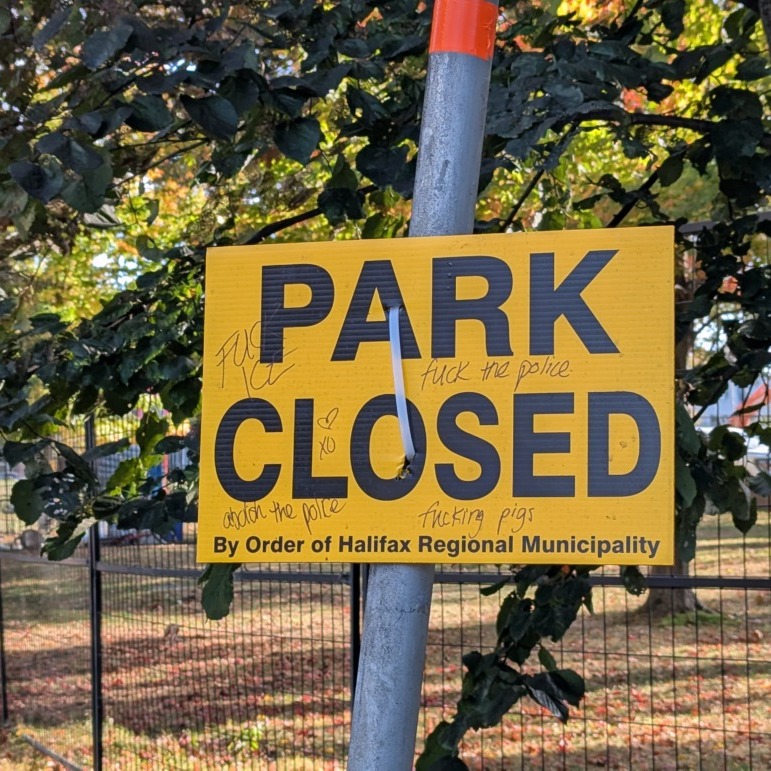
Mayor Fillmore is trying to hide our homelessness problem, not fix it
Evictions are not solutions
The Halifax Regional Municipality’s recent move to clear remaining residents from the homeless encampment in Cogswell Park proves the government isn’t worried about helping unhoused people, but they are worried about seeing them.
Cogswell Park was de-designated as an encampment site in August, and residents were given a notice to vacate before Sept. 21 at 5 p.m.
The notice comes as a new premium senior care facility is set to open next month across the street from the encampment. The site will therefore no longer comply with encampment policies, according to a message on the city website.
With rising rent costs and full shelters, encampments are a last resort for many with nowhere else to go.
When the city clears encampments, it’s tackling visibility — not vulnerability. Without real long-term housing solutions, the cycle continues.
The HRM needs to create a more meaningful housing policy that addresses the deeper systemic causes of homelessness and creates permanent community-based solutions for change.
Even though Mayor Andy Fillmore says “the worst of the housing crisis in HRM is behind us,” homelessness in Halifax rose 93 per cent between 2022 and 2024, according to the Affordable Housing Association of Nova Scotia.
During a 2024 mayoral debate, Fillmore said Halifax is “attracting homeless folks from across the country into the parks and public spaces of downtown.”
Not only is Fillmore’s comment absurd, but it makes the city’s most recent attempt to clear the Cogswell Park encampment appear as a way to address the appearance of homelessness, not the cause.
Before forcing people out of encampments, we should first address the systemic issues at the root — including a lack of affordable housing, pervasive economic inequality and decades of disinvestment in the welfare state.
No real alternatives
Jeff Karabanow, a professor at Dalhousie University’s school of social work, has been working with unhoused youth and researching housing systems for two decades.
He says municipal tax increases have contributed to the ongoing gentrification and unaffordability in the city.
“We really lack something that’s sustainable for folks that are really, really suffering.”
Fillmore’s ridiculous band-aid solution is not the sustainable solution we need. The government must think about all people living in Halifax, especially our most vulnerable.
Without confirmed housing alternatives or support apparatuses for those in the encampments, the city is pushing individuals experiencing homelessness into more precarious living situations.
The city’s plan to clear encampments, without any viable alternatives, treats homelessness like a visibility issue, rather than a humanitarian one.
Rethinking housing solutions
“We need structured housing that’s supportive and deals very rigorously with mental health and addiction elements,” says Karabanow.
Combatting systemic homelessness requires supported housing. This includes individualized services with well-trained staff, giving marginalized populations a compassionate connection, which is essential to bringing them back into their communities.
Karabanow points to supported housing models in Vancouver and Chicago that transition unhoused youth back into civil society through a basic income approach.
The municipal government should look to these models to learn how to meaningfully address the systemic nature of homelessness in Halifax and to ensure that all people have access to dignified, affordable and accessible housing.
Evicting people does nothing but hide the problem.






